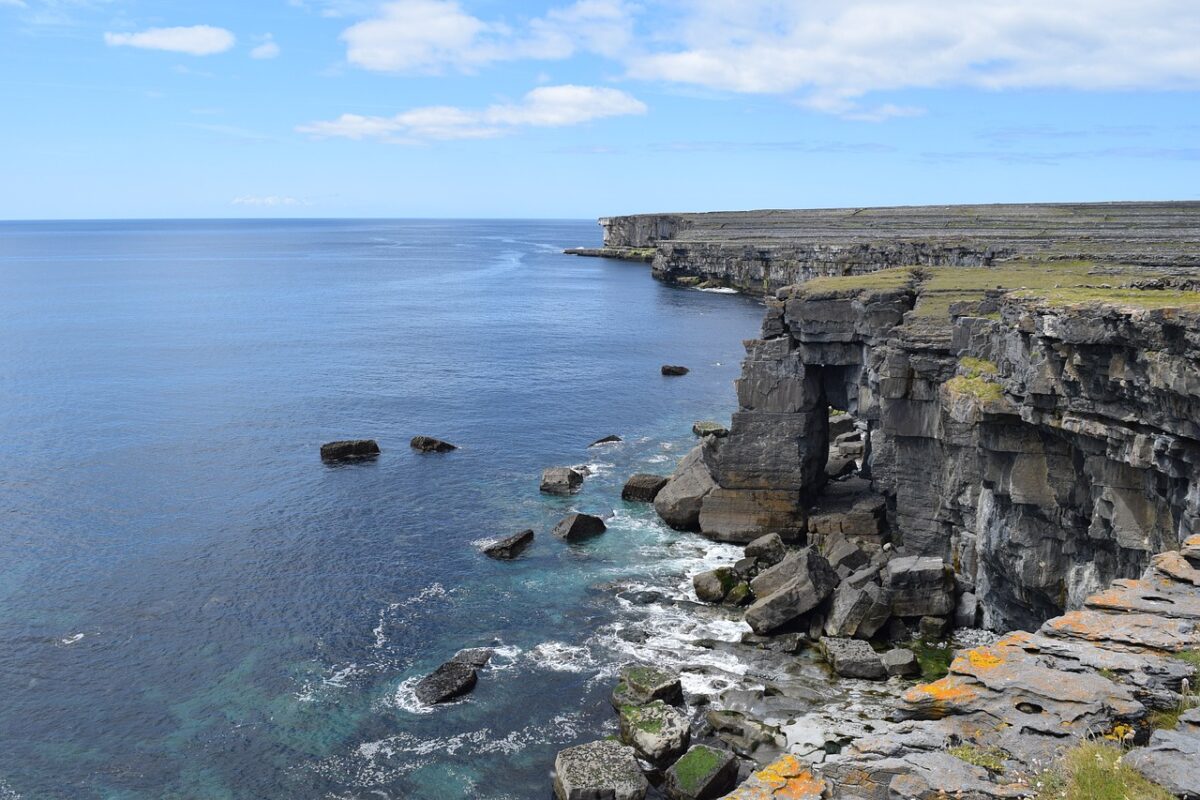Mitsubishi Electric R&D Centre Europe, a subsidiary of Mitsubishi Electric, is evaluating the effectiveness of heat pumps in demand response control in remote islands. The company started a demonstration experiment on May 25 in the Aran Islands, off Galway Bay in western Ireland.
As part of the European Union's Recovery Assistance for Cohesion and the Territories of Europe (REACT) project, Mitsubishi is conducting a demonstration on the Aran Islands and the island of San Pietro in Italy.
The project aims to enhance energy self-sufficiency on these remote islands by deploying Mitsubishi's heat pumps, along with solar PV, wind, storage, EV chargers, and domestic hot water cylinder solutions. These islands, which heavily rely on fossil fuels and mainland energy sources, face unique geographical and structural obstacles.
“The project will demonstrate a community-centric approach to energy management for remote islands using distributed renewable energy generation and storage technologies with demand-response to balance power supply and demand,” Mitsubishi said in a statement.
The project aims to achieve energy savings of 10%, reduce greenhouse emissions by 60%, and increase renewable energy use by 50%, compared to a baseline operation case before the project’s start.
Mitsubishi said it is using its Melco heating and domestic hot water heat pumps in the project. Heat pumps can help balance the grid during peak periods by using control strategies to reduce their electricity consumption.
Examples include setting the air temperature target at a lower point, lowering the space heating flow temperature setpoint, and programming the heat pump’s compressor to switch off during the demand response period. These strategies are discussed in real-world cases in this research paper.
The REACT project involves 22 partners including companies and academic institutions from across 11 European Union countries.
This content is protected by copyright and may not be reused. If you want to cooperate with us and would like to reuse some of our content, please contact: editors@pv-magazine.com.



By submitting this form you agree to pv magazine using your data for the purposes of publishing your comment.
Your personal data will only be disclosed or otherwise transmitted to third parties for the purposes of spam filtering or if this is necessary for technical maintenance of the website. Any other transfer to third parties will not take place unless this is justified on the basis of applicable data protection regulations or if pv magazine is legally obliged to do so.
You may revoke this consent at any time with effect for the future, in which case your personal data will be deleted immediately. Otherwise, your data will be deleted if pv magazine has processed your request or the purpose of data storage is fulfilled.
Further information on data privacy can be found in our Data Protection Policy.